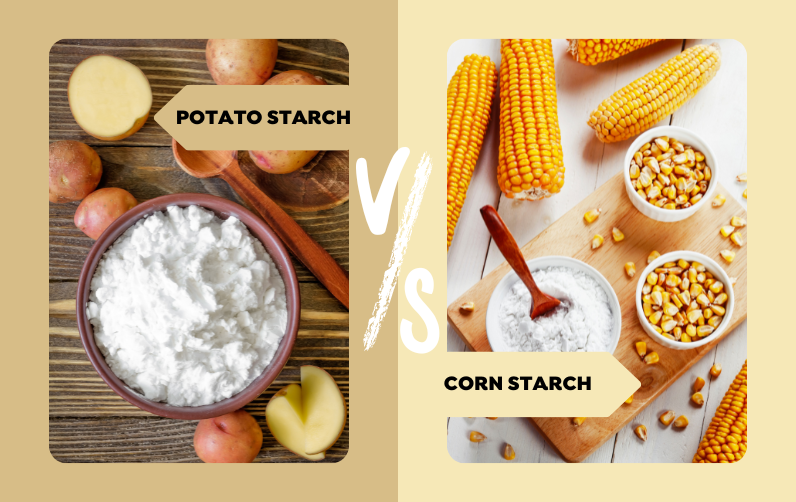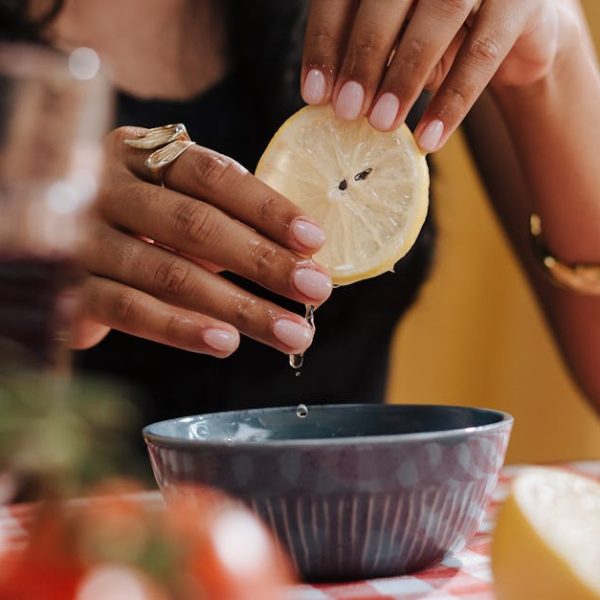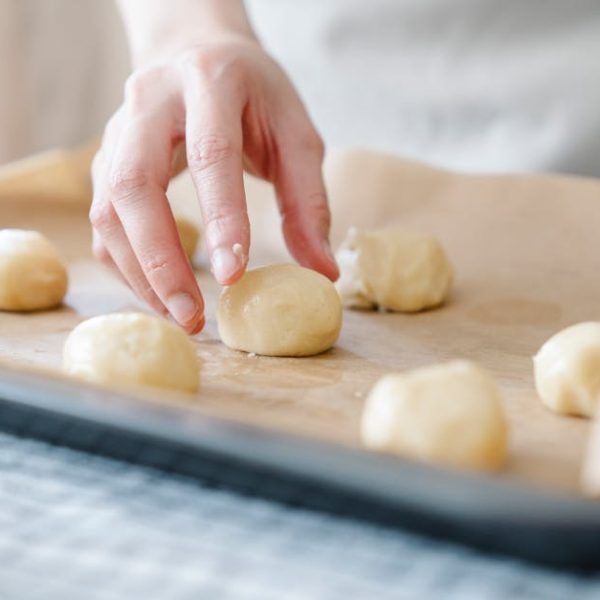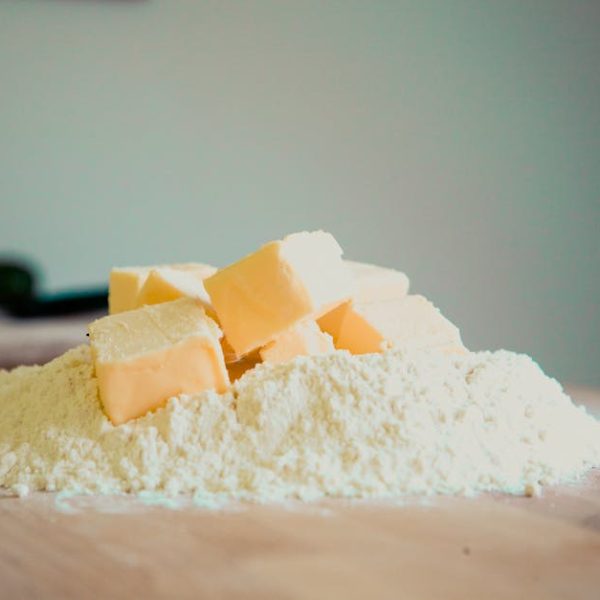In the world of cooking and baking, choosing the right thickening agent can make or break your recipe. While potato starch and cornstarch are often used interchangeably, understanding their unique properties, applications, and differences is crucial for achieving the perfect texture, taste, and consistency in your dishes.
Quick Comparison Table
| Feature | Potato Starch | Cornstarch |
|---|---|---|
| Source | Potatoes | Corn (maize) |
| Texture | Light, delicate | Glossy, smooth |
| Heat Tolerance | Loses thickening power when boiled | Stable under high heat |
| Flavor | Neutral | Slightly sweet |
| Best For | Baking, cold applications | Sauces, gravies, hot dishes |
| Price | More expensive | Budget-friendly |
What Are Potato Starch and Cornstarch?
Potato Starch is extracted from the cells of potatoes through a process of washing, grinding, and separating the starch granules from the potato pulp. It’s naturally gluten-free and has been used in European and Asian cuisines for centuries.
Cornstarch (also called corn flour in some countries) is derived from the endosperm of corn kernels. It’s one of the most widely used thickeners globally and is a staple in American kitchens.
Detailed Nutritional Comparison
| Nutrient (per 100g) | Potato Starch | Cornstarch | Difference |
|---|---|---|---|
| Calories | 357 kcal | 381 kcal | +24 kcal (cornstarch) |
| Carbohydrates | 88g | 91g | +3g (cornstarch) |
| Protein | 0.1g | 0.3g | +0.2g (cornstarch) |
| Fiber | 0.6g | 0.9g | +0.3g (cornstarch) |
| Fat | 0.1g | 0.1g | Equal |
| Resistant Starch | Present | Minimal | Potato starch advantage |
Cooking Properties and Applications
Potato Starch Characteristics
- Thickening Power: Excellent thickening agent that works well at room temperature
- Heat Sensitivity: Loses thickening ability when boiled or exposed to high heat for extended periods
- Texture: Creates light, airy textures in baked goods
- Clarity: Produces clear, transparent sauces
- Freeze-Thaw Stability: Maintains consistency after freezing and thawing
Cornstarch Characteristics
- Thickening Power: Requires heat to activate and thicken properly
- Heat Stability: Maintains thickening power under high heat and prolonged cooking
- Texture: Creates smooth, glossy finishes in sauces and gravies
- Clarity: Can create slightly cloudy appearance
- Freeze-Thaw Stability: May break down and become watery after freezing
Best Uses for Each Starch
Potato Starch is Perfect For:
- Gluten-free baking
- Light cakes and cookies
- Cold sauces and dressings
- Asian stir-fry dishes
- Thickening without heat
- Dusting candies and confections
- Bread coatings for frying
Cornstarch is Ideal For:
- Hot sauces and gravies
- Pie fillings
- Stir-fry sauces
- Thickening soups and stews
- Batter for deep frying
- Pudding and custard
- Long-simmering dishes
Substitution Guidelines
While you can substitute one for the other in most recipes, understanding the proper ratios and adjustments is essential for success.
Potato Starch → Cornstarch
- Ratio: Use 1 tablespoon potato starch for every 1 tablespoon cornstarch
- Timing: Add at the end of cooking to avoid heat breakdown
- Adjustments: May need slightly more to achieve same thickness
Cornstarch → Potato Starch
- Ratio: Use 1 tablespoon cornstarch for every 1 tablespoon potato starch
- Timing: Can be added earlier in cooking process
- Adjustments: May need slightly less to achieve same thickness
Health Benefits and Considerations
Potato Starch Health Benefits
- Resistant Starch: Acts as prebiotic fiber, feeding beneficial gut bacteria
- Blood Sugar: May help regulate blood glucose levels
- Digestive Health: Promotes healthy gut microbiome
- Gluten-Free: Safe for those with celiac disease or gluten sensitivity
Cornstarch Health Considerations
- Blood Sugar: Can cause rapid spikes in blood glucose
- GMO Concerns: Often derived from genetically modified corn
- Processing: Highly refined with minimal nutritional value
- Digestibility: Generally well-tolerated by most people
Storage and Shelf Life
Proper storage is crucial for maintaining the quality and effectiveness of both starches.
- Container: Store in airtight containers to prevent moisture absorption
- Location: Keep in a cool, dry place away from heat and humidity
- Temperature: Room temperature (68-72°F/20-22°C) is ideal
- Humidity: Avoid areas with high humidity like near the stove or dishwasher
- Shelf Life: Both starches can last 2-3 years when properly stored
Environmental and Sustainability Factors
Understanding the environmental impact of your food choices helps make more sustainable decisions.
Potato Starch Production
- Water Usage: Generally lower water footprint than corn
- Pesticides: Often requires fewer chemical inputs
- GMO Status: Typically non-GMO
- Local Sourcing: Can be grown in many regions
Cornstarch Production
- Water Usage: Higher water requirements for irrigation
- Pesticides: Often requires significant chemical inputs
- GMO Status: Frequently derived from GMO corn
- Monoculture: Contributes to agricultural biodiversity loss
Cost Comparison and Availability
Price and accessibility often influence purchasing decisions.
- Potato Starch: $3-8 per pound, available in health food stores and some supermarkets
- Cornstarch: $1-3 per pound, widely available in all grocery stores
- Bulk Options: Both available in bulk for cost savings
- Online Availability: Both easily found on e-commerce platforms
Professional Chef Tips
“Always mix starches with cold liquid before adding to hot dishes to prevent clumping. For potato starch, add it at the very end of cooking to preserve its thickening power.”
— Chef Maria Rodriguez, Culinary Institute of America
Common Mistakes to Avoid
- Adding potato starch too early: It will lose its thickening power
- Using cornstarch in cold applications: It won’t thicken without heat
- Over-thickening: Start with less and add more as needed
- Improper mixing: Always create a slurry with cold liquid first
- Storing near heat sources: Can cause premature degradation
Recipe Examples
Perfect Potato Starch Application: Light Gluten-Free Cake
Potato starch creates an incredibly light, airy texture in gluten-free baking that’s hard to achieve with other starches.
Ideal Cornstarch Use: Classic Gravy
Cornstarch’s heat stability makes it perfect for rich, smooth gravies that need to simmer for extended periods.
Frequently Asked Questions
Q: Can I use potato starch for thickening hot soups?
A: While possible, it’s not recommended. Potato starch loses its thickening power when boiled. Use cornstarch for hot soups or add potato starch at the very end and serve immediately.
Q: Which starch is better for gluten-free cooking?
A: Potato starch is generally preferred for gluten-free baking due to its light texture and neutral flavor. However, many gluten-free recipes use a combination of starches for optimal results.
Q: Can I freeze dishes thickened with these starches?
A: Potato starch maintains its consistency better after freezing and thawing. Cornstarch-thickened dishes may become watery and need to be re-thickened.
Q: Are there any allergy concerns with these starches?
A: Both are naturally gluten-free, but cross-contamination can occur during processing. Always check labels for allergen warnings if you have severe allergies.
Q: Which starch is more environmentally friendly?
A: Potato starch generally has a lower environmental impact due to lower water usage, fewer pesticides, and typically non-GMO status. However, local sourcing and organic options for either starch can improve sustainability.
Key Takeaways
- Choose potato starch for cold applications, gluten-free baking, and when you need a light, delicate texture
- Choose cornstarch for hot dishes, long-simmering recipes, and when you need a glossy, smooth finish
- Always consider heat sensitivity when substituting one for the other
- Store properly to maintain quality and effectiveness
- Use in moderation as part of a balanced diet
- Consider environmental impact when making purchasing decisions
Conclusion
Understanding the differences between potato starch and cornstarch empowers you to make informed decisions in the kitchen. While both are excellent thickening agents, their unique properties make them better suited for specific applications. By choosing the right starch for your recipe and using proper techniques, you’ll achieve superior results in texture, taste, and consistency.
Remember that the best choice depends on your specific cooking needs, dietary requirements, and environmental values. Whether you’re thickening a sauce, baking gluten-free treats, or creating the perfect gravy, this guide will help you select the ideal starch for culinary success.
Ready to elevate your cooking? Start experimenting with these starches in your favorite recipes and discover the difference that choosing the right thickener can make!
Share this comprehensive guide with fellow food enthusiasts and explore more culinary insights on our website!






